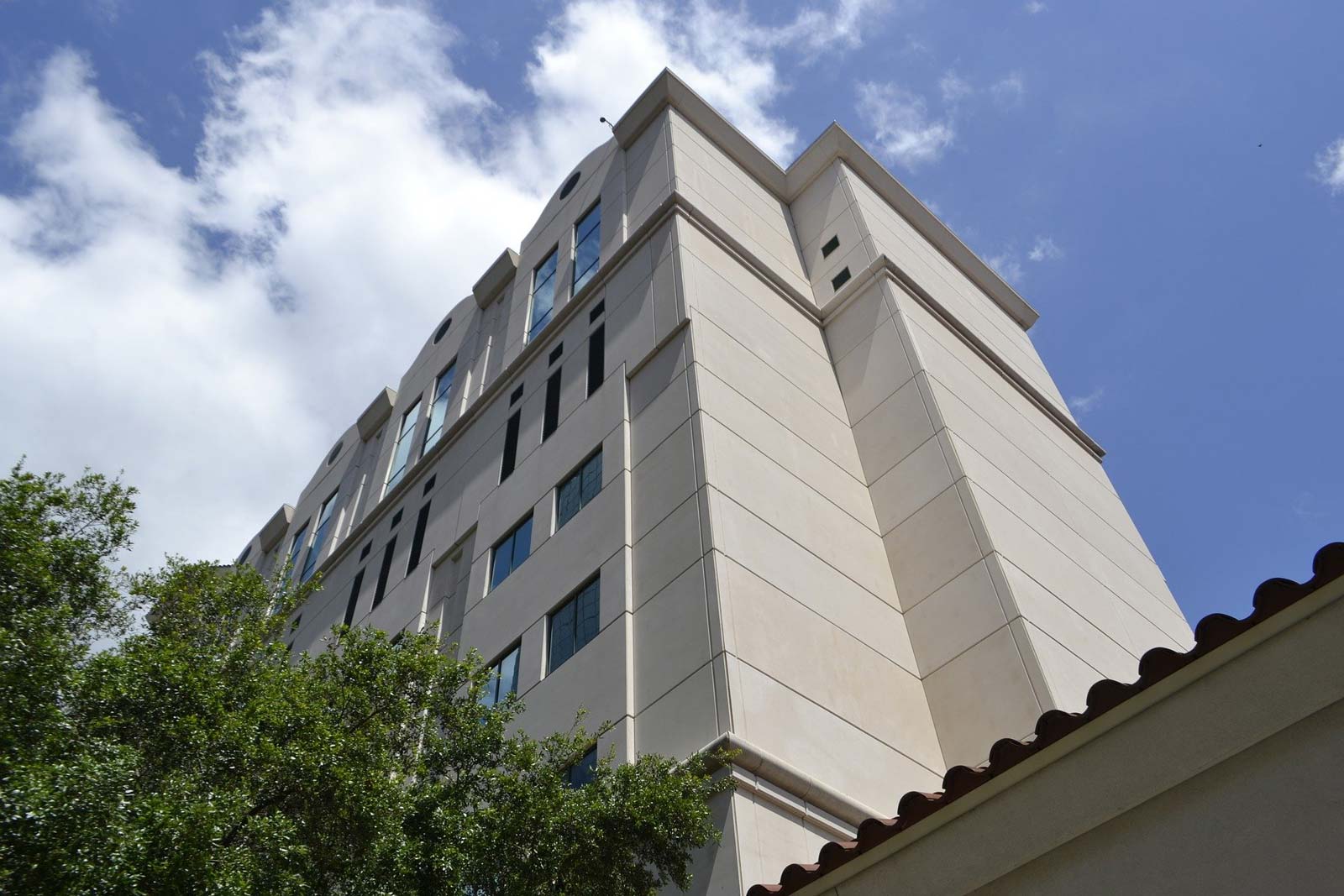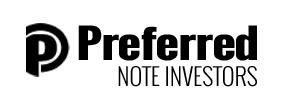
To immediately request and receive an offer for your note from us:
Note Pricing: How Much Can You Get for Your Note?
1. The price a buyer will offer for a note—and the amount by which it will be discounted-- is determined by the spread between the investor's required yield and the interest rate on the note.
2. Generally speaking, the higher the interest rate on the note the lower the discount. The reason most notes are discounted is simply because investors' required yields (typically in the 12%, 15%, 20% or more range) are almost always higher than notes' interest rates (usually in the 5% to 10% range); the greater the spread the bigger the discount.
3. The interest rate on your note is given. The variable is the note buyer's required yield, and that is influenced by 2 factors: first, the buyer's cost of money and his other operating costs; second, the note's inherent risks and likelihood of the property going into foreclosure with the buyer bearing all the related costs. Risk is the big factor in determining what yield the buyer will require. And the main risk factors the buyer looks at are down payment and payer's equity in the property, payer's on-time payment record, payer's credit rating, and loan term (balloon or not and how far out).
4. What are reasonable expectations? That a “good note” can command close to the current principal balance of the note—possibly even a premium for an “exceptional” note? Yes. That a “problem” note is going to be discounted by some amount—not too much for small problems, and steep discounts for notes with serious problems? Yes again.
5. Here are some ballpark parameters on "good", "bad" and "average" notes:
A GOOD note—where buyer might pay 90% or more of current principal balance—would likely have 20% or more down payment, 70% or lower loan-to-value, a 9 % or higher interest rate, a 5 year balloon with a 30 year amortization schedule, payer with a solid on-time payment record, 700 or higher credit score. Buyer might peg a 12% yield on this note given the low risk of default; this in turn would produce a relatively narrow 3 percentage point spread between the buyer's 12% required yield and the note's 9% interest rate.
A BAD note—where buyer would likely pay 70% or less of current principal balance--might have 5% down, 90% or higher loan-to-value, a 5% interest rate, no balloon, iffy payment record, 600 credit score. Buyer might require an 18% yield on this note because of the significantly higher risk of default and foreclosure, thus producing a 13 percentage point spread between his 18% required yield and the note's 5% interest rate.
MOST NOTES fall somewhere in between these two extremes with buyers paying 80 to 85% of a note’s principal balance.
